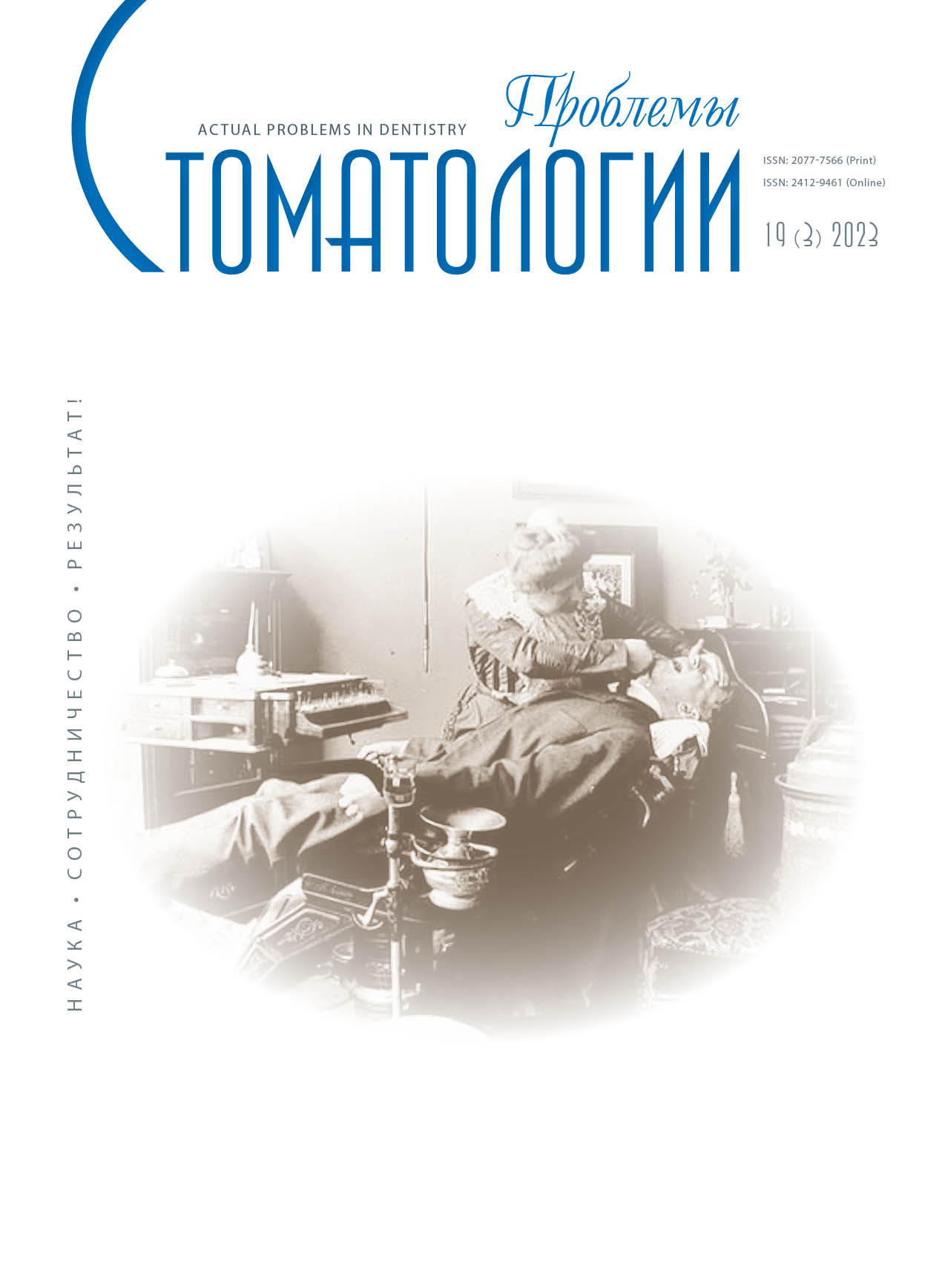Saint Petersburg, St. Petersburg, Russian Federation
Sankt-Peterburg, St. Petersburg, Russian Federation
Saint Petersburg, St. Petersburg, Russian Federation
UDC 616
When studying exogenous factors of the Far North that negatively affect human health, it was established: the impact of not only low temperatures, traumatic aerodynamic conditions, and a deficiency of ultraviolet radiation, but also geomagnetic field tension, microelement shifts in the composition of soil and water, and fluctuations in atmospheric pressure levels. A special role for carrying out therapeutic and diagnostic measures is played by the fact that the entire territory located beyond the Arctic Circle belongs to zones with a significant deficiency of the biologically active part of the solar spectrum of ultraviolet radiation. This leads to disruption of photoperiodicity due to the change of polar day and polar night, disruption of biological rhythms, and a decrease in reserve capabilities for regulating homeostasis. The fact that a person lives in a long-term deficiency of ultraviolet radiation affects all biological processes occurring in the body; it plays a special role in the occurrence and development of some forms of cheilitis. The study involved 37 patients aged 18 to 55 years with a diagnosis of chronic recurrent fissure of the lip, meteorological cheilitis, dry form of exfoliative cheilitis, symptomatic atopic cheilitis. After a thorough history, review of patient medical records, and dental examination, serum vitamin D and E levels were measured in all patients before treatment. The best results in treatment were achieved by prescribing combined ointments based on glucocorticoids and antibacterial/antifungal components in combination with physiotherapeutic procedures.
various forms of cheilitis, chronic recurrent fissure of the lip, improvement of medical care, Far North, level of vitamin D and E in blood serum
1. Borisova E.G., Isaeva L.I. Etiopatogeneticheskie aspekty meteorologicheskogo heylita v usloviyah Kraynego severa. Mediko-farmacevticheskiy zhurnal Pul's. 2022;24(12):111-116. [E.G. Borisova, L.I. Isaeva. Etiopathogenetic aspects of meteorological cheilitis in the conditions of the Far North Medico-pharmaceutical journal Pulse. 2022;24(12):111-116. (In Russ.)]. DOIhttps://doi.org/10.26787/nydha-2686-6838-2022-24-12-111-116.
2. Isaeva L.I., Borisova E.G. Etiopatogeneticheskoe lechenie hronicheskoy seredinnoy treschiny nizhney guby v usloviyah subarkticheskogo klimata. Mediko-farmacevticheskiy zhurnal Pul's. 2023;25(1):5-11. [L.I. Isaeva, E.G. Borisova. Etiopathogenetic treatment of chronic median fissure of the lower lip in a subarctic climate. Medico-Pharmaceutical journal Pulse. 2023;25(1):5-11. (In Russ.)]. DOIhttps://doi.org/10.26787/nydha-2686-6838-2023-25- 1-5-11.
3. Sharapkova A.M., Zykova O.S. Heylity: obschie voprosy diagnostiki. Vestnik Vitebskogo gosudarstvennogo medicinskogo universiteta. 2022;21(5):22-32. [A.M. Sharapkova, O.S. Zykova. Khedits: general diagnostic issues. Bulletin of Vitebsk State Medical University. 2022;21(5):22-32. (In Russ.)]. https://cyberleninka.ru/article/n/heylity-obschie-voprosy-diagnostiki
4. Lugović-Mihić L., Pilipović K., Crnarić I., Šitum M., Duvančić T. Differential Diagnosis of Cheilitis - How to Classify Cheilitis? // Acta Clin Croat. - 2018;57(2):342-351. DOI 10.20471
5. Litaiem N. et al. Cheilitis with hemorrhagic crusts of the vermilion lips // Int. J. Dermatol. - 2020;59(7):e234-e236. DOI:https://doi.org/10.1111/ijd.14814
6. Ohta K., Yoshimura H. Candida-Associated Cheilitis // Am. J. Med. Sci. - 2020;360(6):e17-e18. DOIhttps://doi.org/10.1016/j.amjms.2020.05.046
7. Oza N., Doshi J.J. Angular cheilitis: A clinical and microbial study // Indian J. Dent. Res. - 2017;28(6):661-665. DOI:https://doi.org/10.4103/ijdr.IJDR_668_16
8. Schwarz I., Bokanovic D., Aberer W. Mucosal diseases from an allergological perspective // Hautarzt. - 2016;67(10):780-785. DOI:https://doi.org/10.1007/s00105-016-3866-3



















